“Discovering Delightful: Small Hypoallergenic Dog Breeds”
Introduction to Hypoallergenic Dog Breeds ;
Do you suffer from allergies and dream of a furry companion? The good news is that hypoallergenic small dog breeds may be the perfect solution for you! These adorable pups are known to cause fewer allergies than other breeds, making them a great choice for people with allergies.
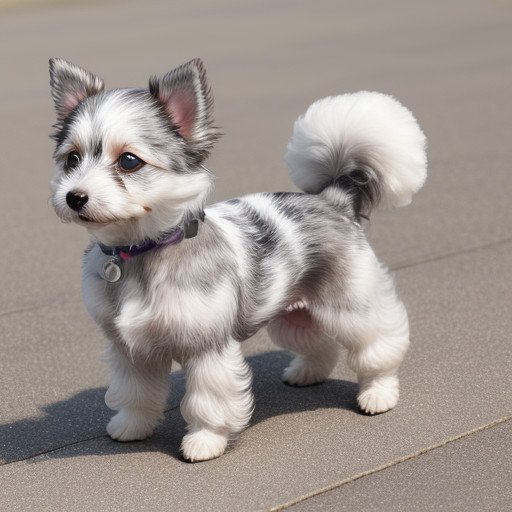
Table of Contents
Imagine living with a sweet, loving dog without having to worry about sneezing or itchy eyes. That’s the joy that small hypoallergenic dog breeds can bring! They come in a variety of shapes and sizes, from tiny terriers to adorable toy breeds, all with one thing in common – they’re less likely to cause allergies.
What makes these breeds hypoallergenic? That’s not to say they’re completely allergen-free, but they generally have minimal shedding and produce less dander (the primary cause of pet allergies). This means fewer allergens and discomfort-causing substances around your home.
In this blog post, we will explore the wonderful world of small hypoallergenic dog breeds. From their unique characteristics to practical tips for their care, we’ll cover everything you need to know to find the perfect allergy-friendly companion. Get ready to meet some adorable puppies who may soon become your new best friends!
** Benefits of Small Hypoallergenic Dog Breeds ;
Hypoallergenic small dog breeds offer many unique benefits that make them wonderful companions for allergy sufferers and dog lovers. Here are some reasons why these puppies look different:

1. Minimal allergen exposure:
Small hypoallergenic breeds, such as the Maltese or Bichon Frize, produce less dander and shed less hair, making them less likely to trigger an allergic reaction. This means you can enjoy the company of a furry friend without the risk of allergies.
2. Perfect for small spaces:
Their compact size makes them ideal for apartment living or small homes. They don’t need as much space to roam and play as larger breeds, making them suitable for a variety of living situations.
3. Low-Care Maintenance:
Many small hypoallergenic breeds have coats that require little care. Their hair grows slower and is less likely to tangle, which means less time spent brushing and bathing them.
4. Great for Families:
These breeds often have friendly and outgoing personalities, making them excellent companions for families with children. Their manageable size and gentle nature make them suitable companions for children.
5. Portable and Travel-Friendly:
Small hypoallergenic dogs are easy to carry, whether it’s a trip to the park or a vacation. Their size and low care needs make them convenient travel companions.
By considering these benefits, you can see why small hypoallergenic dog breeds are a great choice for people looking for a furry friend who fits well into their lifestyle while minimizing allergy concerns.
** Characteristics of Hypoallergenic Dog Breeds ;
Hypoallergenic small dog breeds have specific characteristics that set them apart from other breeds and make them suitable for allergy sufferers. Here’s what makes these pups unique:

1. Low Shedding Coat:
A key feature of hypoallergenic breeds is their minimal shedding. They often have single-layer coats that shed less hair, reducing the spread of allergens into the environment.
2. Decreased production of dander:
Dandruff, consisting of tiny flakes of skin, is a common allergy for many people. Hypoallergenic breeds produce less dander, making them a better choice for people with allergies.
3. Hair vs. Fur:
Some hypoallergenic breeds have hair instead of traditional fur. The bristles are similar to human hair and trap allergens more effectively, reducing their presence in the air and on furniture.
4. Distinctive Coat Types:
Many small hypoallergenic breeds have distinctive coat types that contribute to their hypoallergenic nature, such as curly or wiry coats. These coats are less likely to trap allergy-causing substances and are easier to maintain.
5. Regular Care Requirements:
Despite having low shedding coats, hypoallergenic breeds often require regular care to prevent matting and keep their coat healthy and allergy-free.
Understanding these unique characteristics can help you choose the right small hypoallergenic dog breed that best suits your lifestyle and allergies. Sensitivity.
** Top Small Hypoallergenic Dog Breeds ;
When it comes to small hypoallergenic dog breeds, there are many delightful options that can be perfect for allergy sufferers. Here are some of the top small hypoallergenic breeds known for their charming personalities and allergy-friendly qualities:
1. Maltese:

This small breed is famous for its silky white coat that sheds minimally. Maltese dogs are affectionate, playful and suitable for living indoors.
2. Bichon Frize:
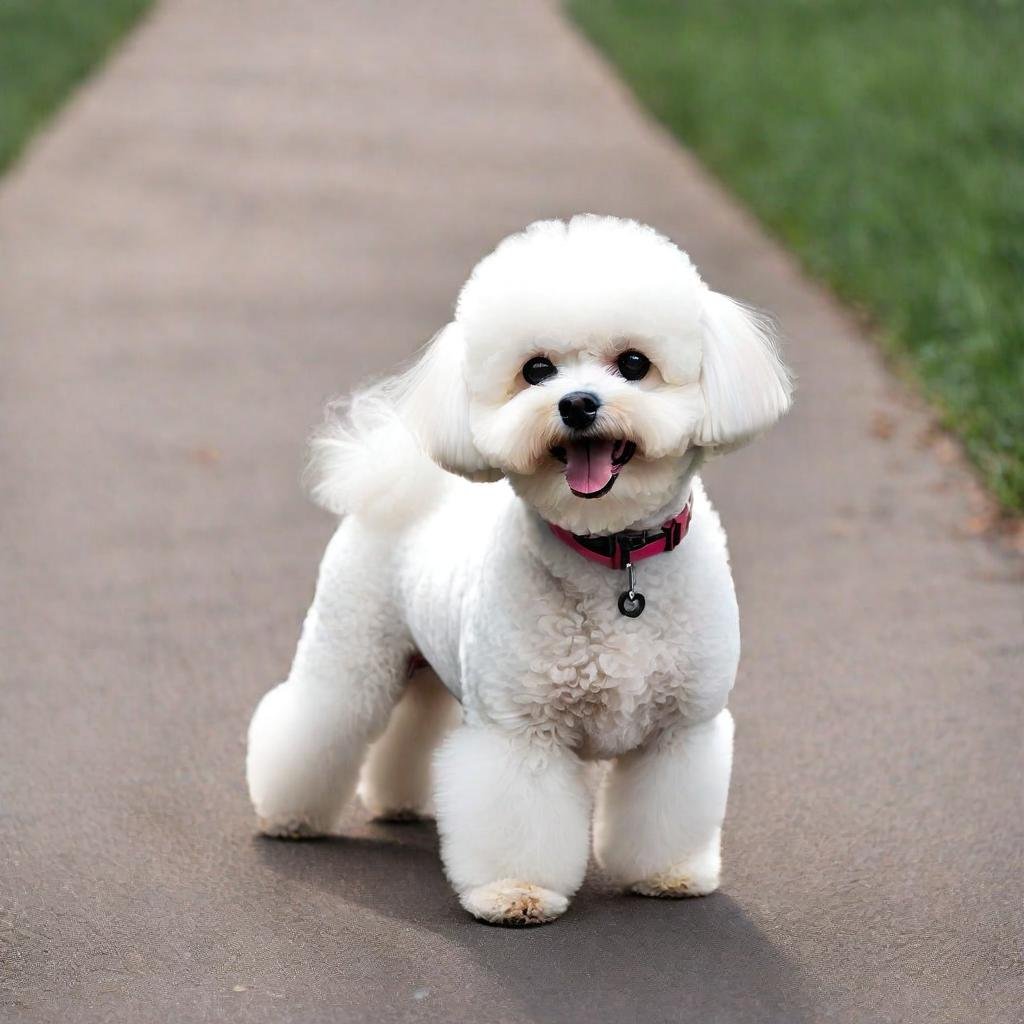
With its curly, hypoallergenic coat, the Bichon Frize is a cheerful and social breed that loves to be around people. They are great companions for families and individuals alike.
3. Shih Tzu:
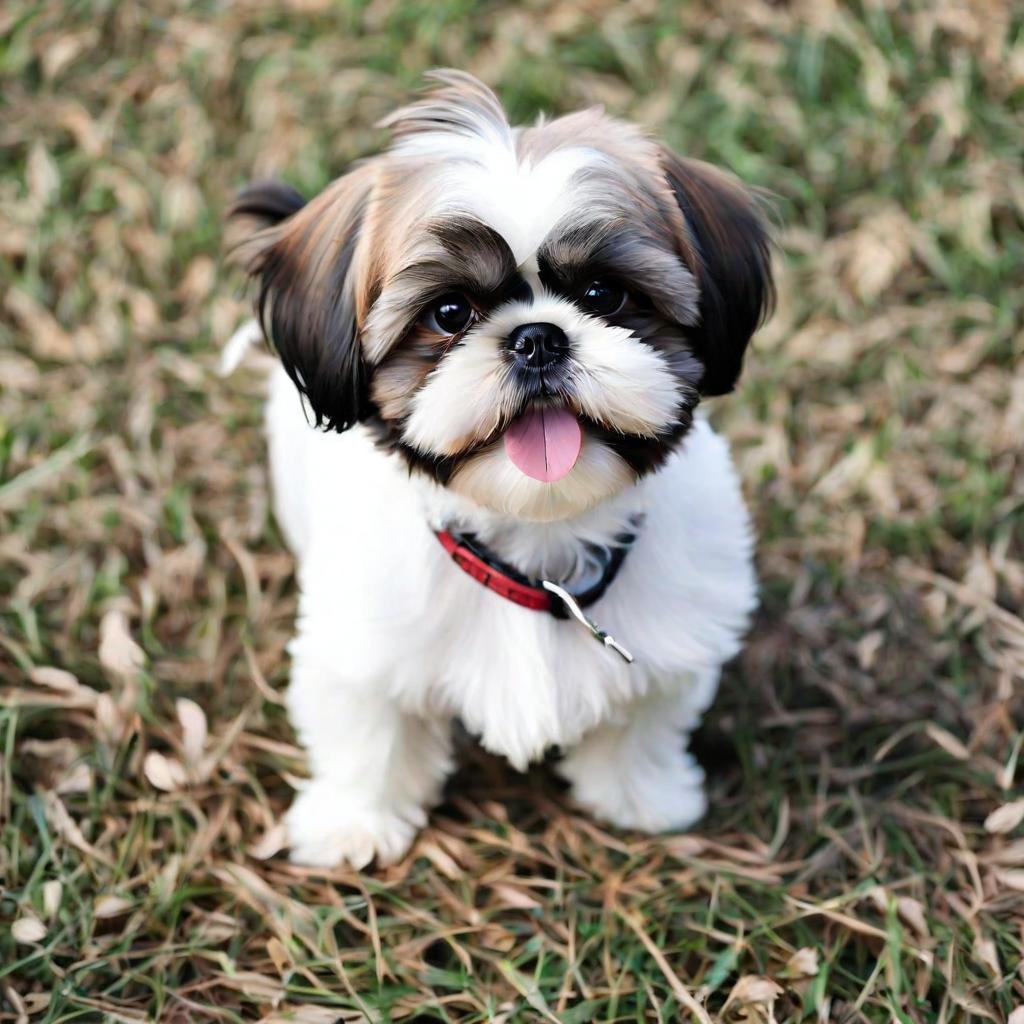
The Shih Tzu has a long, luxurious coat that requires regular grooming but sheds very little. They are known for their friendly nature and make excellent lap dogs.
4. Yorkshire Terrier (Yorkie):
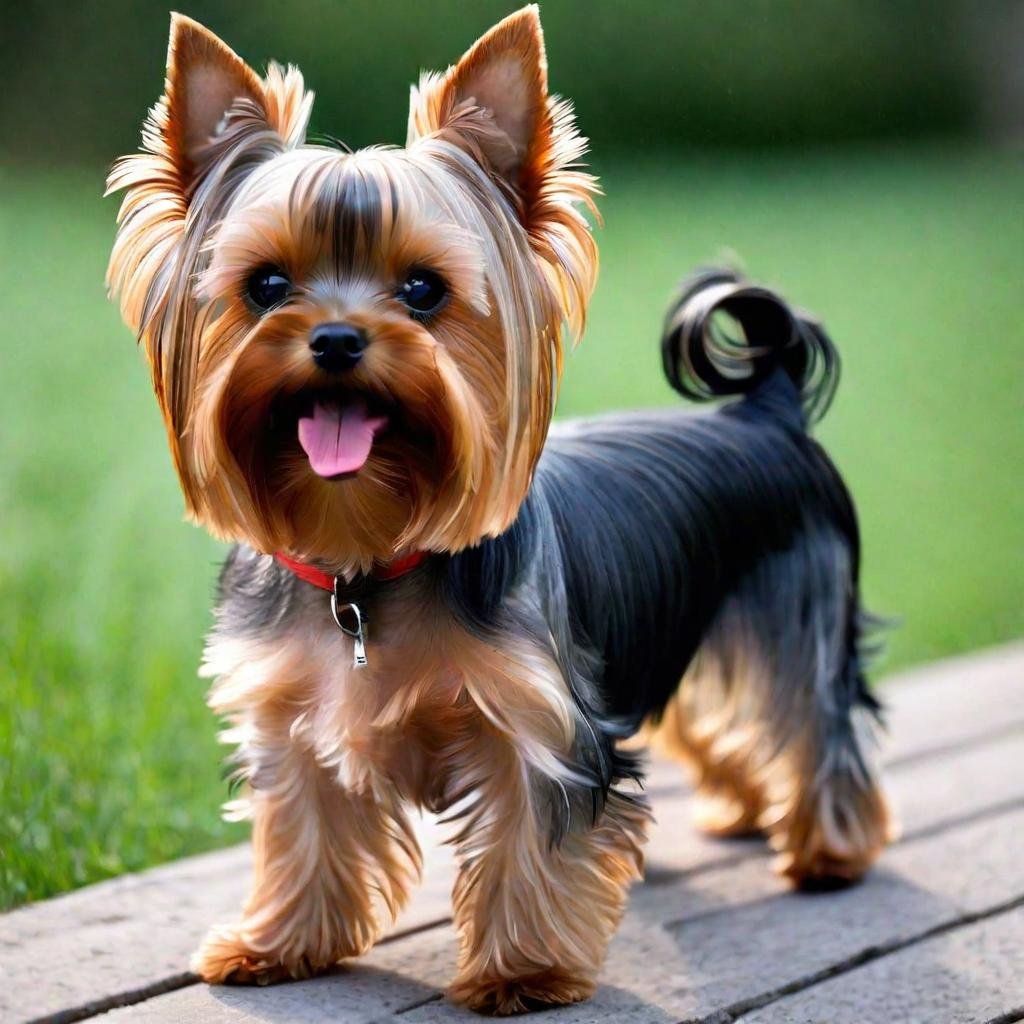
Despite their silky long hair, Yorkies are considered hypoallergenic because they shed very little. They are energetic, brave and loyal companions.
5. Coton de Tulear:
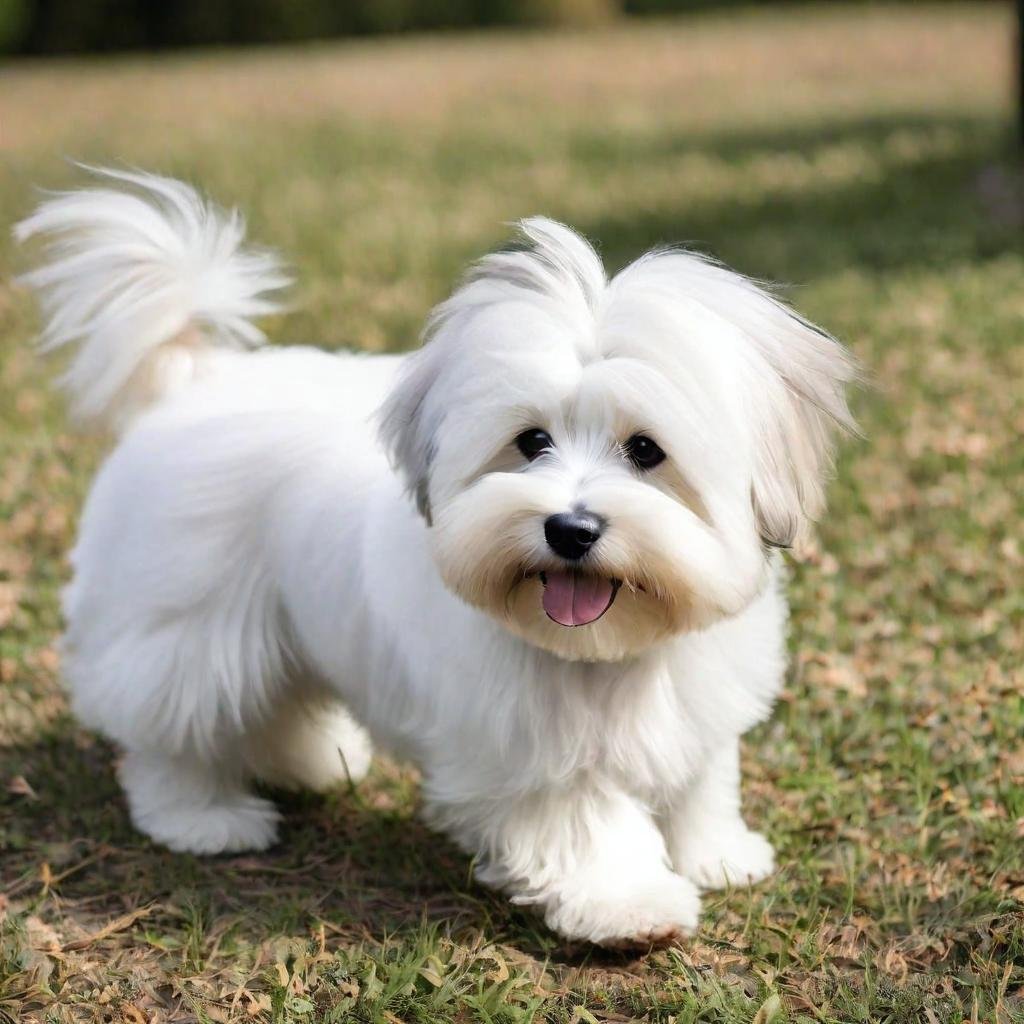
This breed has a soft, cottony coat that sheds less and is hypoallergenic. Cottons are affectionate, playful and get along well with children and other pets.
6. Poodle (toy or miniature):

Poodles are highly intelligent and come in toy or miniature sizes, both of which are hypoallergenic. They have curly coats that shed minimally and are known for their trainability and beauty.
7. Havanese:

Havanese dogs have a soft, silky coat that doesn’t shed much, making them great for allergy sufferers. They are friendly, sociable and adaptable to different life situations.
8. Cavalier King Charles Spaniel:
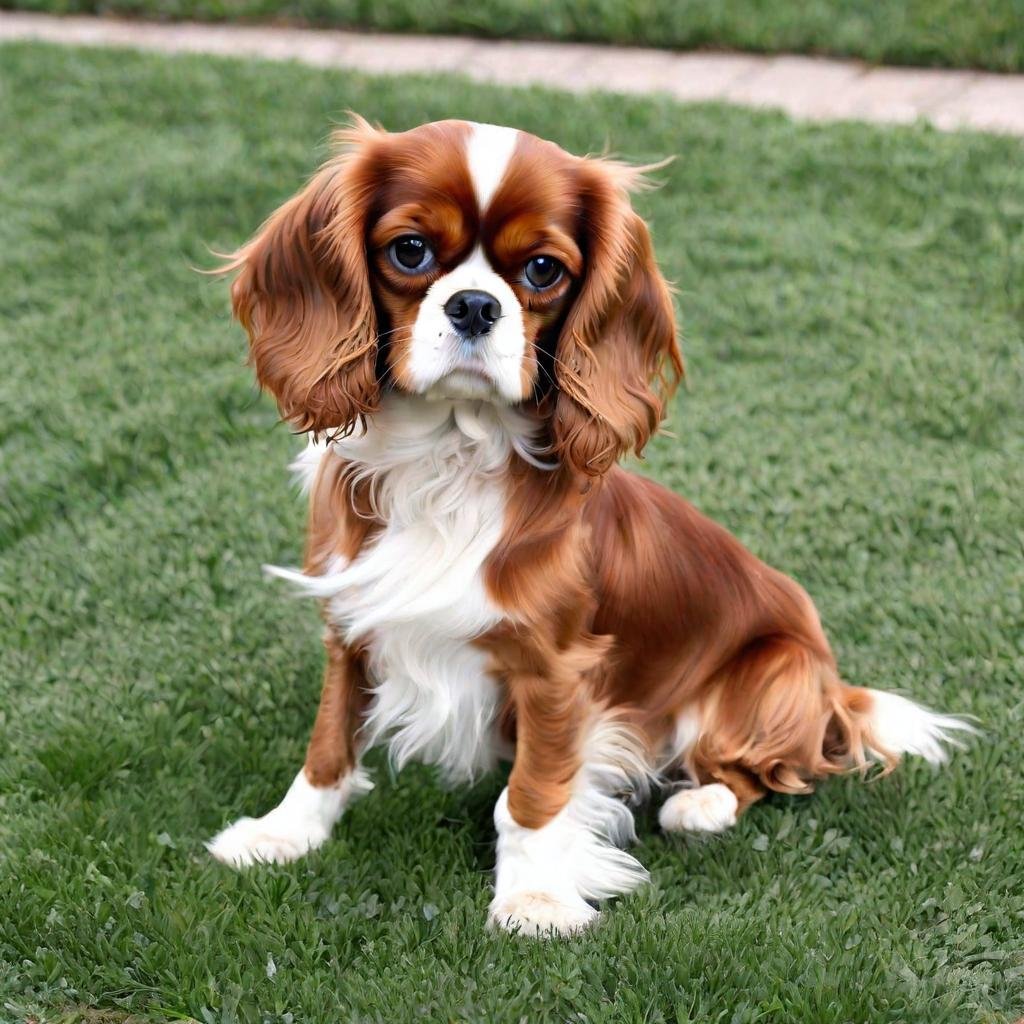
This small breed is known for its affectionate nature and beautiful silky coat. Cavaliers shed lightly and are gentle companions suitable for families and individuals.
9. Chinese Crested:
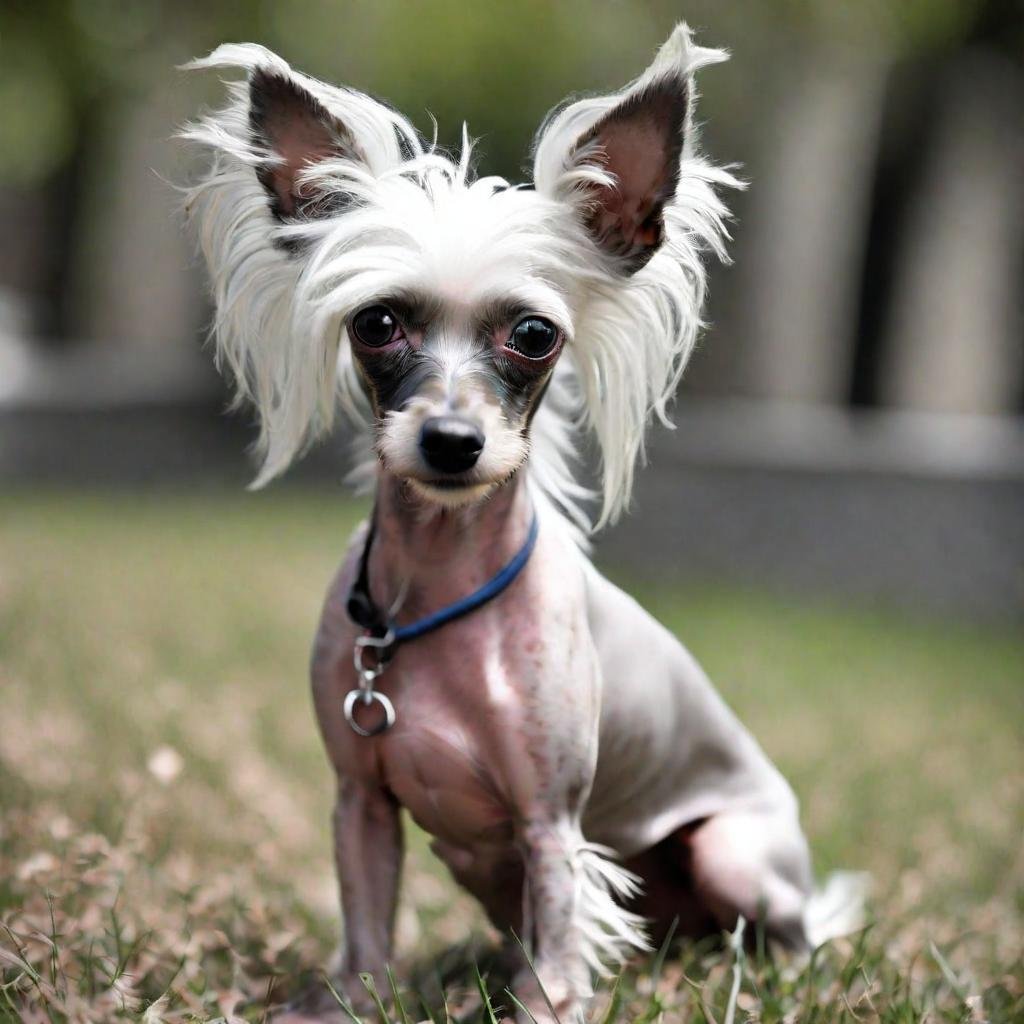
The Chinese Crested comes in both hairless and powderpuff varieties. The hairless type is often preferred by allergy sufferers due to minimal shedding and unique appearance.
10. West Highland White Terrier (Westie):

Westies have a distinctive white coat that is hypoallergenic and requires regular grooming. They are lively, confident dogs with a friendly demeanor.
These small hypoallergenic breeds offer a range of personalities and appearances, making it easy for allergy-sensitive individuals to find a canine companion that suits their lifestyle and preferences. Each breed has its own set of characteristics and care requirements, so it’s important to research and consider which one will be the best match for you.
** Choosing the Right Small Hypoallergenic Breed ;
Choosing the right small hypoallergenic breed involves considering a variety of factors to ensure a favorable match for your lifestyle and allergy sensitivity.
1. Research the breeds:
Start by researching different small hypoallergenic breeds to understand their temperament, exercise needs, grooming requirements, and compatibility with your living situation.
2. Consider allergy sensitivity:
While all hypoallergenic breeds produce fewer allergies, it’s essential to spend time around the specific breed you’re interested in to make sure it doesn’t trigger your allergies.
3. Evaluate activity levels:
Some breeds are more active and require regular exercise, while others are content with indoor play. Choose a breed that matches your activity level and availability for exercise.
4. Assess grooming needs:
Even hypoallergenic breeds require grooming to keep their coat healthy and allergy-free. Consider the time and effort you can devote to regular grooming sessions.

5. Meet the breed:
If possible, spend time with the breed before making a decision. Observe their behavior, interactions with you, and compatibility with your family members or other pets.
6. Consult breeders or rescue organizations:
Seek guidance from reputable breeders or rescue organizations that specialize in hypoallergenic breeds. They can provide valuable insight and help match you with the right dog.
By carefully considering these factors and doing thorough research, you can select the ideal small hypoallergenic breed that brings joy and companionship to your life while minimizing allergy concerns.
** Grooming and Care Tips ;
Grooming and caring for small hypoallergenic breeds is essential to maintaining their health and reducing allergens in your home. Here are some tips for keeping your furry friend happy and allergy-friendly:
1. Regular brushing:
Brush your small hypoallergenic dog’s coat regularly to prevent matting and remove loose hair. It helps distribute natural oils and reduce allergies.
2. Bathing Routine:
Bathe your dog as needed using a hypoallergenic dog shampoo recommended by your veterinarian. Avoid over-bathing as this can strip away the essential oils.
3. Trimming the Hair:
Keep your dog’s hair trimmed to a manageable length, especially around the eyes and paws. This reduces the accumulation of allergens and makes grooming easier.
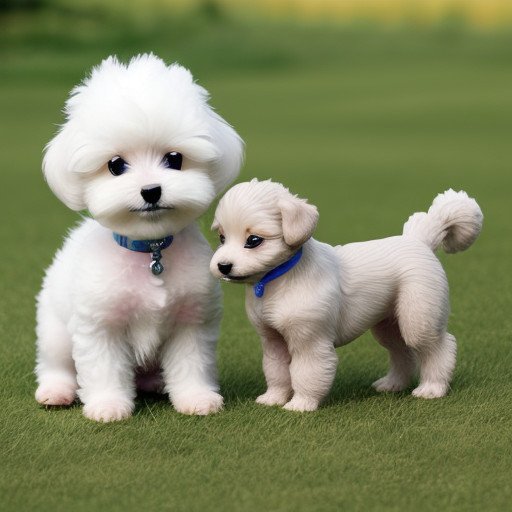
4. Ear Cleaning:
Clean your dog’s ears regularly to prevent wax accumulation and infection. Use a gentle ear cleaner recommended by your veterinarian.
5. Dental Care:
Maintain your dog’s dental hygiene by regularly brushing his teeth with a dog-safe toothpaste. Good oral health contributes to overall well-being and reduces bad breath.
6. Allergy control:
Wash your dog’s bedding and toys regularly to remove allergens. Vacuum and clean your home frequently to reduce the accumulation of allergens on surfaces.
7. Regular Vet Visits:
Schedule regular vet checkups to monitor your dog’s health and address any grooming or allergy-related concerns.
By following these grooming and care tips, you can ensure that your small hypoallergenic dog stays healthy, comfortable, and allergy-friendly, allowing you to enjoy harmonious companionship with your furry friend.
** Allergy Management Around Dogs ;
Managing allergies around small hypoallergenic dogs includes proactive steps to reduce allergens and minimize allergic reactions. Here are effective strategies for allergy management:
1. Create allergy-free zones:
Designate certain areas in your home, such as the bedroom, as allergy-free zones to reduce allergy risk while sleeping.
2. Use an air purifier:
Invest in a high-quality air purifier with a HEPA filter to block allergens like pet dander and dust particles floating in the air.
3. Regular cleaning:
Vacuum carpets, rugs and furniture regularly using a vacuum cleaner equipped with a HEPA filter. Clean surfaces with a damp cloth to effectively capture allergens.
4. Wash hands frequently:
Wash your hands after petting or handling your dog to remove allergens. Avoid touching your face after interacting with your pet.
5. Grooming Practices:
Move grooming activities outside or in well-ventilated areas to reduce the spread of allergens indoors. Wear a mask and gloves if necessary.
6. Consult an allergist:
If you have severe allergies, consult an allergist for personalized advice and treatment options, such as allergy medications or immunotherapy.
7. Maintain good pet hygiene:
Keep your small hypoallergenic dog’s coat clean and well-groomed to reduce allergen production. Use hypoallergenic grooming products recommended by your veterinarian.
By implementing these allergy management strategies, you can create a more comfortable living environment and enjoy the company of your small hypoallergenic dog while reducing allergy symptoms
** Real-life Experience ;
Let me share a heartwarming real-life experience with a small dog of a hypoallergenic breed. Meet Bella, a delightful Bichon Frize who has become a beloved companion to our family, especially to my daughter who has allergies.

When we first brought Bella home, we were impressed by her friendly nature and fluffy, hypoallergenic coat. Despite my daughter’s allergies, she didn’t experience the usual symptoms like sneezing or itchy eyes around Bella.
Bella quickly settled into our home, spreading joy with her playful antics and affectionate personality. We enjoyed walks in the park and cuddle sessions without worrying about allergies.
What surprised us most was how positively Bella’s presence impacted our daughter. She developed a special bond with Bella, learning responsibility and compassion through caring for her furry friend.
Bella taught us that having a small hypoallergenic dog isn’t just about avoiding allergies – it’s about enriching our lives with unconditional love and companionship. Today, Bella remains an integral part of our family, bringing smiles and joy to everyone she meets.
This real-life experience illustrates the profound joy and connection that small hypoallergenic Dog Breeds can bring to families, even those with allergy concerns.
** Conclusion to Small Dog Breeds Hypoallergenic **
In conclusion, small hypoallergenic dog breeds provide a great opportunity for allergy sufferers to experience the joy of pet ownership without the usual allergy concerns. These delightful companions not only bring warmth and companionship but also contribute to a healthier and more comfortable living environment.
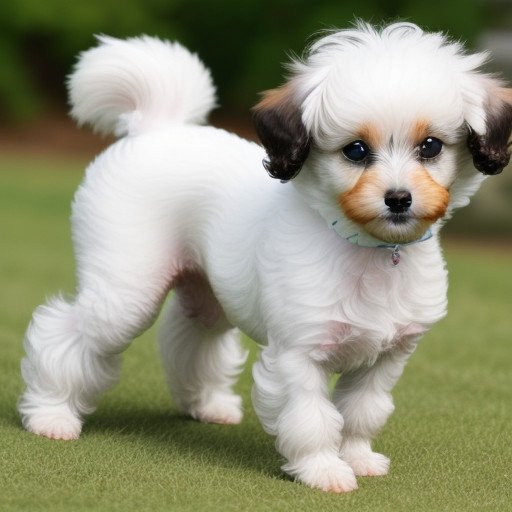
Through this exploration of small hypoallergenic breeds, we have discovered their unique characteristics, benefits, and grooming needs. Whether it’s the playful Bichon Frize, the graceful Poodle, or the affectionate Maltese, each breed offers its own charm and suitability for different lifestyles.
Real-life experiences, like the story of Bella the Bichon Frize, highlight the deep impact these dogs can have on families. Bella’s story exemplifies the joy and richness that small hypoallergenic breeds bring, fostering bonding and teaching valuable life lessons.
If you’re considering adding a small hypoallergenic dog to your family, remember to choose a breed that suits your lifestyle and allergy sensitivities. Consult reputable breeders or rescue organizations, spend time getting to know the breed, and prioritize proper care and allergy management practices.
With the right approach and care, you can embark on a fulfilling journey with a small hypoallergenic dog, experiencing the unconditional love and joy they bring to your life.
** Additional Resources ;
Whether you’re considering adopting a small hypoallergenic dog breed or want to learn more, here are some additional resources to explore:

1. Breed Clubs and Organizations:
Join breed-specific clubs and organizations dedicated to small hypoallergenic breeds. They often provide valuable breed information, breeder referrals, and assistance for owners.
2. Veterinarians and Allergists:
Consult your veterinarian or allergist for personalized advice and recommendations based on your specific allergy concerns and lifestyle.
3. Online Forums and Communities:
Join online forums or social media groups focused on small hypoallergenic dog breeds. Connect with fellow owners to share experiences, tips and recommendations.
4. Rescue Organizations:
Consider adopting from rescue organizations that specialize in small hypoallergenic breeds. They often have dogs in need of loving homes and can provide valuable information about breed characteristics.
5. Books and Publications:
Check out books and publications about small hypoallergenic dog breeds. Look for reputable sources that provide comprehensive information on the breed’s history, care, and training.
6. Local Dog Shows and Events:
Attend local dog shows or events to meet breeders, owners, and dogs of various small hypoallergenic breeds. This can be a fun and educational way to learn more about specific breeds.
7. Online Resources:
Visit reputable websites dedicated to small hypoallergenic breeds, such as breed profiles, health information and grooming tips.
Remember to take advantage of these resources to make an informed decision and ensure a positive experience with your small hypoallergenic dog. Each resource can provide valuable insight and support as you begin this exciting journey of pet ownership.
You might be interested in reading this post as well White Small Dog Breeds
“Discovering Delightful: Small Hypoallergenic Dog Breeds” Introduction to Hypoallergenic Dog Breeds ; Do you suffer from allergies and dream of a furry companion? The good news is that hypoallergenic small dog breeds may be the perfect solution for you! These adorable pups are known to cause fewer allergies than other breeds, making them a great…
You can read this posttomeshnews.co.in/calm-small-dog-breeds-that-dont-shed/
Do all small dog breeds labeled as hypoallergenic cause zero allergies?

While small hypoallergenic breeds produce fewer allergens compared to other breeds, no dog breed is completely hypoallergenic. Individuals with severe allergies should spend time with the specific breed to assess their compatibility.
How often should I groom my small hypoallergenic dog?

Grooming frequency varies by breed, but generally, small hypoallergenic dogs benefit from regular brushing (2-3 times a week) and occasional baths (every 4-6 weeks). Consult your vet for specific recommendations based on your dog’s coat type.
What are common allergy symptoms caused by dogs?

Allergy symptoms may include sneezing, itchy eyes, runny nose, skin rashes, or respiratory issues. People with allergies should consult a healthcare professional for diagnosis and management.
Are small hypoallergenic breeds suitable for families with children?

Many small hypoallergenic breeds, such as Bichon Frise, Maltese, and Shih Tzu, are friendly and gentle with children. However, supervision is essential to ensure positive interactions between dogs and kids.
What should I consider before adopting a small hypoallergenic dog?

Factors to consider include your allergy sensitivity, lifestyle, activity level, grooming commitment, and compatibility with the breed’s temperament. Research breeds thoroughly and spend time with dogs before making a decision.
Can small hypoallergenic dogs live in apartments or small spaces?

Yes, many small hypoallergenic breeds adapt well to apartment living due to their size and moderate exercise needs. However, regular walks and indoor playtime are essential for their well-being.
